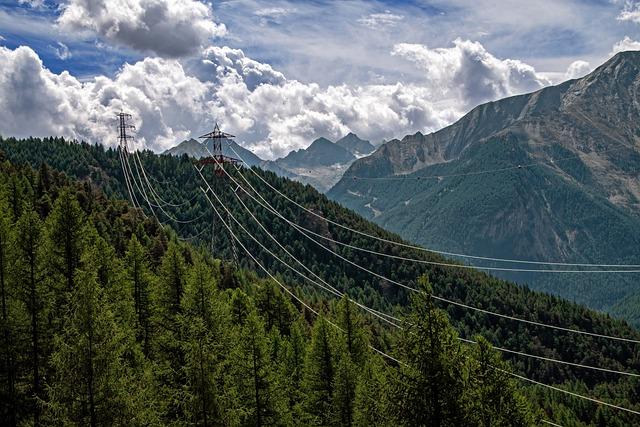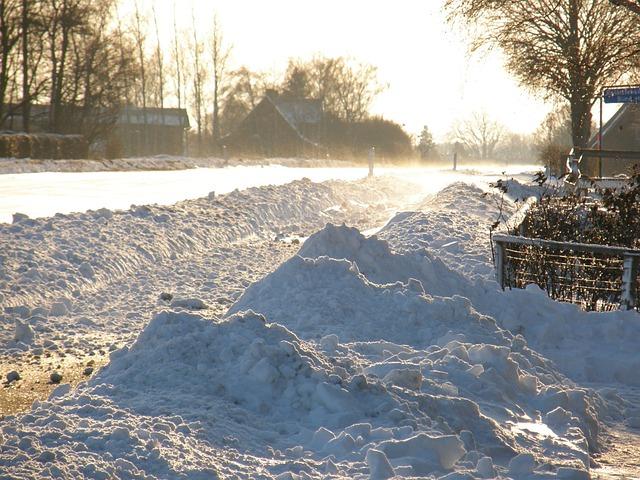Trees in Urban Planning

As urban spaces continue to expand and evolve, the integration of trees in urban planning has become increasingly crucial. Trees play a vital role in enhancing the quality of urban environments by providing numerous social, environmental, and economic benefits. From improving air quality to reducing urban heat island effects, urban trees offer a multitude of advantages that contribute to creating healthier and more sustainable cities. This article will delve into the significance of incorporating trees in urban planning strategies, highlighting their impact on urban landscapes and the overall well-being of city residents. By exploring the importance of Urban Tree Management (UTM) and the challenges and opportunities associated with tree preservation and planting in urban areas, we aim to shed light on the essential role trees play in shaping the urban fabric and promoting a greener future for our cities [1].
Integrating trees into urban planning has numerous benefits that can positively impact the environment and the well-being of city dwellers. Trees not only provide shade and improve air quality, but they also help reduce the urban heat island effect by absorbing and reflecting sunlight. This can lead to lower temperatures in urban areas, making them more comfortable and less prone to heat-related illnesses.[2]However, incorporating trees into urban design poses several challenges, such as limited space, conflicting infrastructure needs, and maintenance costs. Despite these obstacles, there are best practices that can help overcome these challenges and ensure successful tree implementation in urban areas. These include selecting the right tree species, proper planting and maintenance techniques, and involving the community in the decision-making process.[3]Q&A
Q: What role do trees play in urban planning?
A: Trees play a crucial role in urban planning as they provide numerous benefits to the environment and community. Urban trees help improve air quality by absorbing pollutants and releasing oxygen, reduce the urban heat island effect by providing shade and cooling the area, mitigate climate change by sequestering carbon dioxide, and enhance biodiversity by providing habitats for various species.
Q: Can planting trees in urban areas help mitigate climate change?
A: Yes, planting trees in urban areas can help mitigate climate change by acting as carbon sinks and sequestering carbon dioxide from the atmosphere. Urban trees play a significant role in reducing greenhouse gas emissions and improving air quality, making them important components of sustainable urban planning strategies.
Q: What are some of the challenges associated with incorporating trees into urban planning?
A: Some challenges associated with incorporating trees into urban planning include limited space for tree planting, competition for resources such as water and nutrients, maintenance costs, conflicts with infrastructure like underground utilities, and the need for long-term planning to ensure the survival and health of urban trees.
For more in-depth information on the role of trees in urban planning, you can refer to the following sources:
– “Q&A: Is planting trees the answer to climate change?” from Imperial College London[[[[[1]]- “Urban Trees in Times of Crisis: Palliatives, Mitigators, and …” from ScienceDirect[[[[
]- “Tree Thinking Algorithm” from Places Journal [[[[
]
Conclusion
trees play a crucial role in urban planning, providing numerous benefits including improving air quality, reducing noise pollution, and enhancing the overall quality of life for city residents. As cities continue to grow and expand, it is essential that trees are incorporated into urban planning strategies to create sustainable and livable environments. By understanding the importance of trees in urban areas, city planners and residents alike can work together to ensure a greener and healthier future for all. Thank you for taking the time to learn more about the significance of trees in urban planning.
Simpsons Tree Services, Servicing Melbourne’s North Eastern Suburbs
Book a quote online at www.simpsonstrees.com.au


